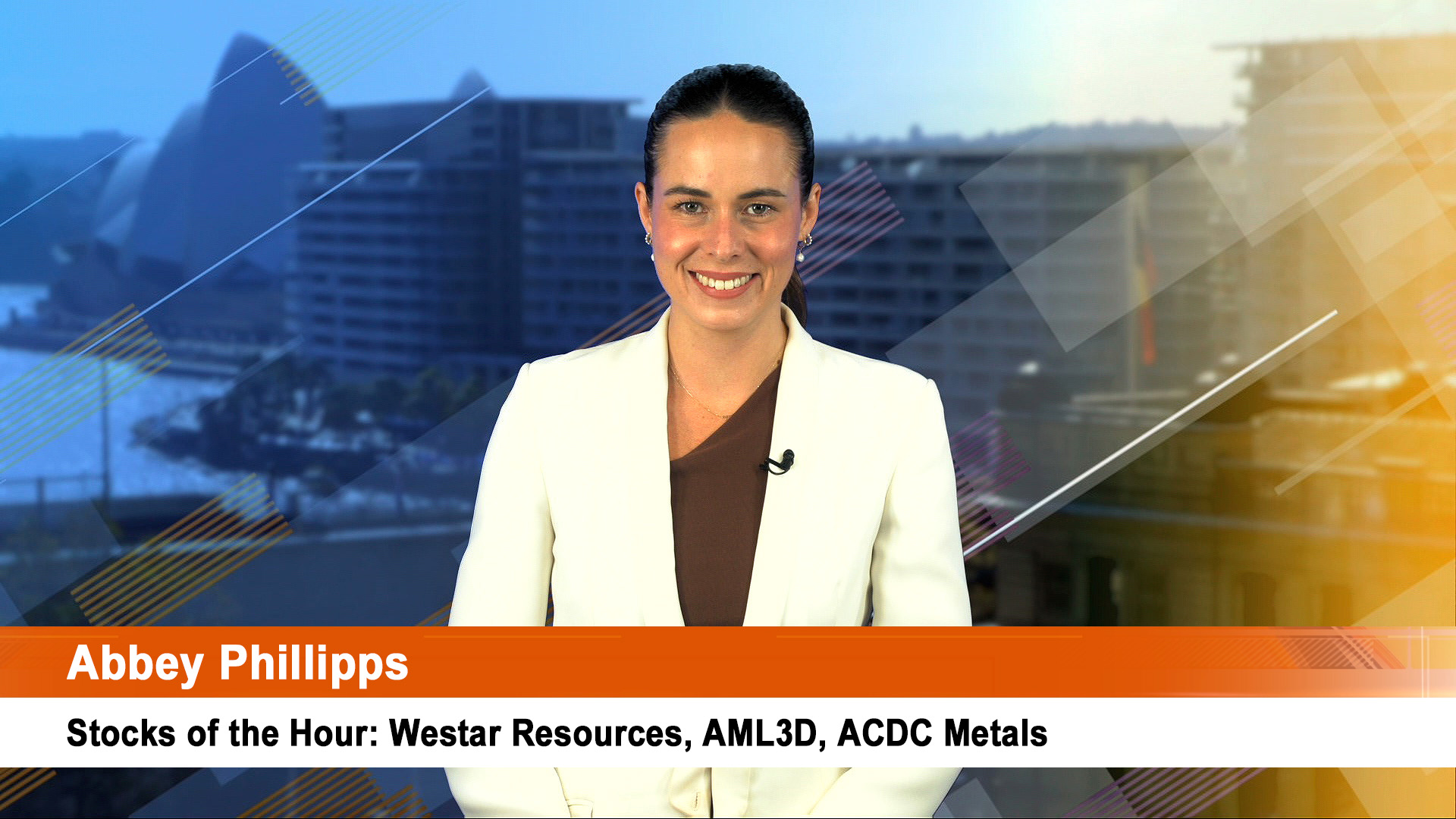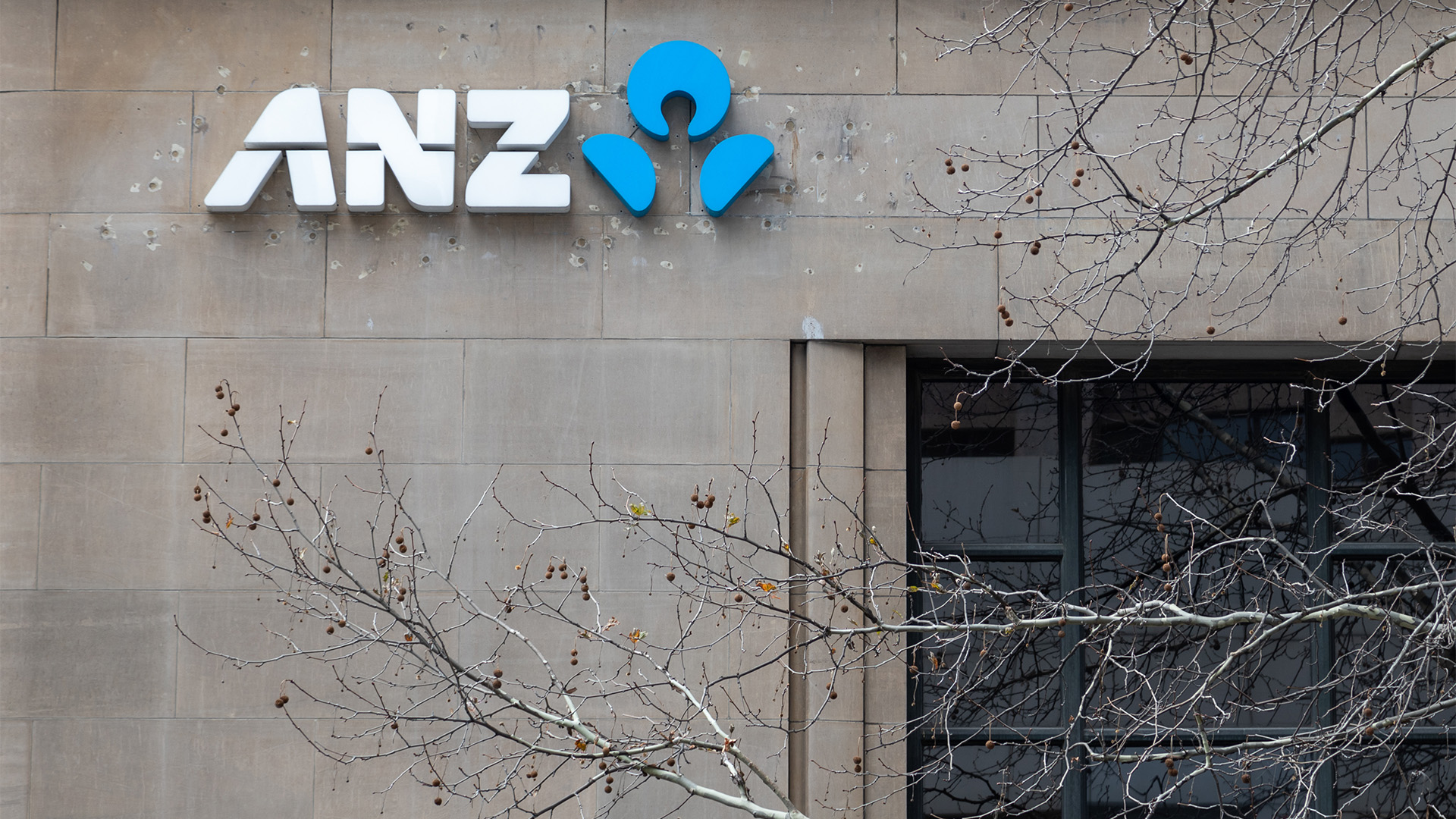On the face of it it was a combination of a gloomy outlook for oil, and continuing worries about an interest rate rise from the Fed that kicked the chocks from under markets yesterday and overnight, culminating in the second nasty fall on Wall Street in three days.
But smarter analysts reckon the real issue markets are having is with the recent strong rise in global bond yields – perhaps as a result of the speculation about the Fed, but also a recognition that the long slide in yields is over (after all once rates have gone negative, there’s nowhere else to fall, as we have seen in Japan, Germany and other parts of the world) for the time being and it is time monetary policy was returned to normal settings (i.e.rate rises and worry about inflation).
The globe’s key bond yield – the 10 year rate for US treasuries – bounced another 7 points overnight to end around 1.73%, the first time it has been above 1.7% for three months. The Australian 10 year yield rose 0.02 points yesterday to 2.06%.
Yields in German and Japan also rose as the selling in bond markets continued, despite moves by central banks in several countries to step up their purchases of corporate bonds as part of their quantitative easing programs.
Investors fear that the rise in long term yields (and not the yields on short dated securities – 2 years or less which are more impacted by central bank official rate moves).
That suggests there’s growing suspicion about future policy moves by central banks (who don’t have much ammunition left), and a belief that inflation is edging higher.
Analysts say the way bond yields have risen in the past few days should have sparked a rise in share prices, but instead we have seen some concerted selling – and overnight Tuesday (and locally in Australia on Tuesday afternoon) were prime examples.
Our market will start today off around 10 points after another night in red ink for offshore markets. That was after the early 51 point gain became a near 12 point loss at the end of trading for the ASX 200.
A day after the S&P 500 had its best day in two months, the index fell 1.5% to 2,127.02 led by a sell-off in energy shares, which responded to a very gloomy report from the International Energy Agency in its September outlook.
The Dow fell more than 250 points or 1.4% and the Nasdaq lost 1% to close at 18,006.75 and 5,155.25 respectively.
The US dollar rose, sending other currencies lower such as the Aussie dollar which dropped more than a cent in the session to trade around 74.65 in early Asian dealings this morning.
The stronger dollar also pressured commodities such as oil and gold futures lower (down 0.3% to $US1,322 an ounce in New York)
Brent crude, the global oil benchmark, settled 2.5% lower at $US47.10 a barrel in London, while in new York, West Texas Intermediate, the US indicator crude, settled 3% down at $US44.90 a barrel.
The decline in crude futures started from early in the European session after a report from the International Energy Administration that said that the global oil glut would persist into 2017. That was contrary to suggestions in the IEA’s August report that the glut was not as big as previously thought.
As a result, traders now see no real hope for any lasting deal to limit production and boost prices from next week’s unofficial meeting of OPEC members in Algeria.
The sell-off on Wall Street came as investors seemed to shrug off dovish remarks from Federal Reserve governor Lael Brainard on Monday.
Oil prices fell slid for most of Tuesday after both the world’s energy watchdog and OPEC revised forecasts that signalled the global crude glut could persist for much longer than expected.
The International Energy Agency (IEA) said in its September report that a sharp slowdown in oil demand growth, coupled with rising inventories of crude and products and rising supplies, means the market will be oversupplied at least through the first half of 2017.
The IEA’s comments followed the surprisingly bearish outlook from the Organisation of the Petroleum Exporting Countries on Monday that also pointed to a larger surplus next year due to new production from in non-member countries.
OPEC pointed to the continuing resilience of US shale drillers who continue to produce oil, despite expectations that the industry would be crippled by the two year oil crash. That clearly hasn’t happened and soon US production will start turning higher as drillers have added more than 30% new rigs since early June.













